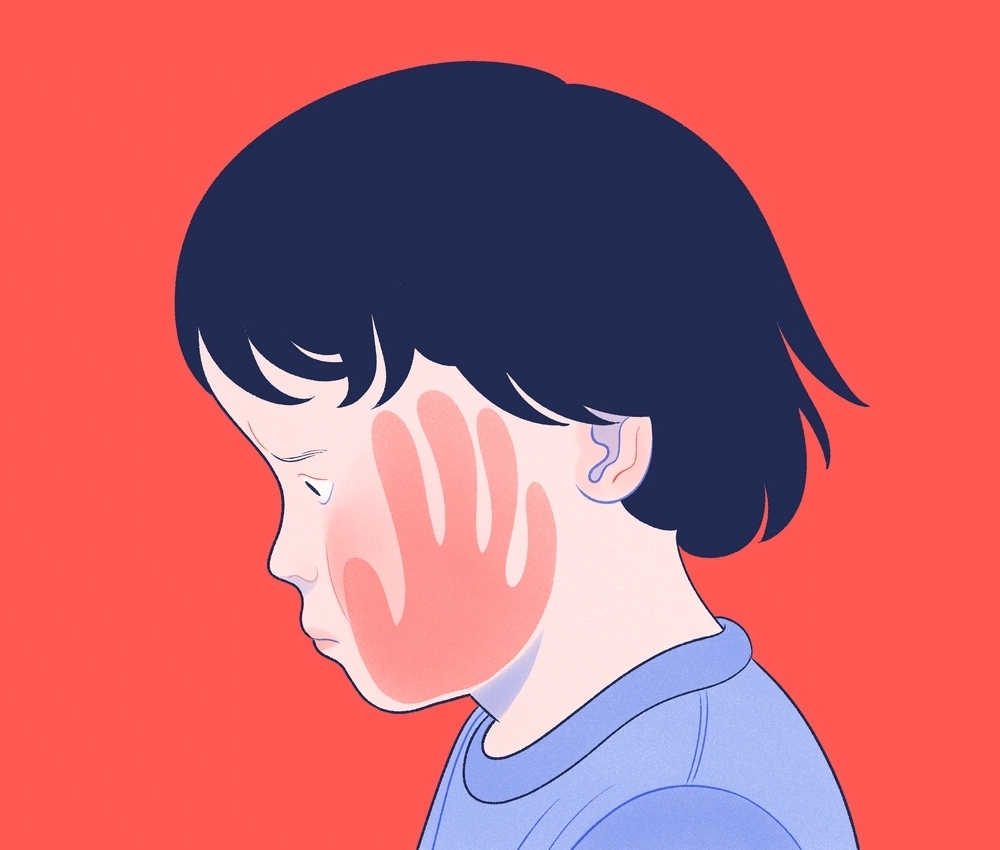“Corporal punishment” is not and has never been about punishment. Its purpose is terrorism and intimidation, to subdue and subjugate people by demonstrating that those in power can perpetrate violence without accountability or redress. The only reason someone or some entity (e.g. government, military, etc.) uses “corporal punishment” instead of “capital punishment” is that the victims live in fear and the abusers want them to obey. The dead no longer do either.
“Corporal punishment” isn’t just about hitting a child on the buttocks. It’s torture and beatings in prison, it’s rape in all of its forms, it’s all forms of coercion through violence. Take away the power of those being abused, and make sure they know there is no authority to appeal to and make the violence stop. It’s as much mental torture as it is physical.
Here are a few sites with resources. More below the fold.
From Stop Abuse Campaign:
April 30th is NO SPANK DAY! Before you stop reading this latest bit on not spanking, please consider that I agree with you that spanking works, just maybe not in the ways most parents intended.
Spanking teaches valuable lessons. Yes, true, it does! It teaches that violence and love are inextricably connected. It teaches that the bigger, stronger person gets his way. It teaches that the people who love you are allowed to hit you. It teaches that sometimes, the people you trust will hurt you.
Spanking works. In the short term, true fact. Most of us will stop doing what we are doing if someone hits us. So, yes, in that regard, spanking works. But what about the long term? To better understand the effects of spanking we should consider the long term and short term effects of giving into a tantrum. When we yield to the screaming, flailing, tantrum throwing child in the grocery checkout line and give her the candy, it works. The screaming stops. The crying stops and the tantrum is over. Until the next time. We all know, the more we give into tantrums, the more they reoccur. In the same way, when we spank our children, it does work, for the moment, but what doesn’t work about spanking is long term success. Spanking puts an end to the undesirable behavior, but only in the here and now. Children who stop the undesirable behavior when spanked outgrow this method of “discipline” in time and haven’t really learned how to control behavior as much as they have learned to avoid punishment.
From HealthDay, July 2021. There is a second similarly titled item, “Spanking: The Case Against It (Ages 6 to 12)“:
Spanking: The Case Against It (Ages 1-3)
Should I spank my child?
The short answer is no. Some people feel hesitant to abandon a discipline they experienced when they were children. But the thinking on spanking has changed over the years, and now doctors and child advocacy groups advise against spanking, slapping, or any other kind of physical punishment.
When your child misbehaves or acts in defiant, inappropriate, or even dangerous ways, you want to show him his behavior is unacceptable and must change. Spanking may seem like a direct and effective way to do that, but it delivers other messages you don’t want to send:
- Fear.
- Distrust.
- Might makes right.
- Poor self-esteem.
- Danger.
[. . .]
But what’s the harm in a little smack?
Plenty. In a study released in July 2002, a psychologist who analyzed six decades of research on corporal punishment found that it puts children at risk for long-term harm that far outweighs the short-term benefit of on-the-spot obedience.
Psychologist Elizabeth Gershoff of Columbia University’s National Center for Children in Poverty found links between spanking and aggression, anti-social behavior, and mental health problems. Gershoff spent five years analyzing 88 studies of corporal punishment conducted since 1938.
According to End Corporal Punishment .org, only 63 countries (as of 2022) have made all of this violence against children illegal, just as it is illegal to do to adults. (Noticeable are the countries which are NOT on the list. Of all the allegedly “progressive and democratic” English speaking countries, only New Zealand and Ireland have banned it.) In over 130 countries, however, abusive “parents” can still beat children even though in many it’s illegal for schools or anyone outside the “family” to hit them. Physical violence as “criminal punishment” is still legal in sixteen countries.








